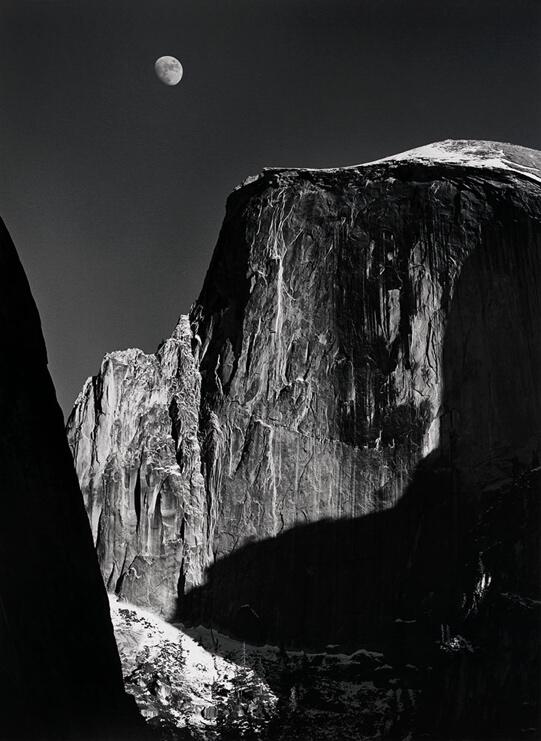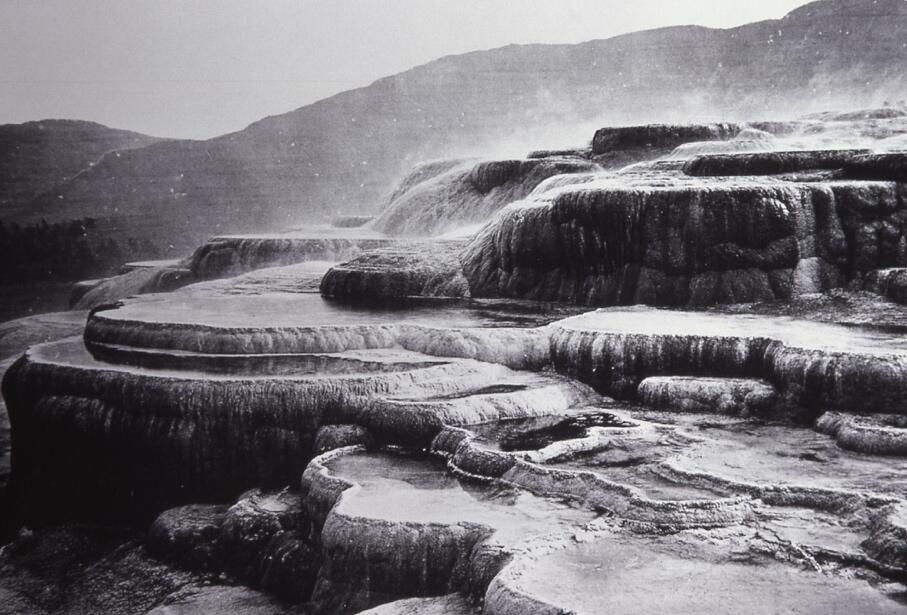Throughout the history of American conservation, few artists have worked as effectively and as hard to communicate the ‘wilderness idea’ as Ansel Adams. For the photographers, the wilderness has always been an intangible and non-materialistic experience. Through his works, Adams has managed to tough numerous people with a sense of mystique and a realization of the importance of preserving the last remaining lands in the wilderness. Since Ansel Adams is remembered not only for photography but also for preservation activities, his ideology can be referred to as environmental philosophy. Thus, this paper will explore Adams’s propensity for environmental philosophy to explore the photographer’s aesthetic and moral influences.
Ansel Adams’s environmental philosophy is reflected through his attention by reflecting on the natural environment and the place of humans in it. One of the most valuable lessons of philosophy is encouraging people to be responsible for such environmental issues as pollution, the change of climate, and natural degradation. Within this moral view, people often ask themselves the question of how they can best understand the connection between nature and the human environment developed by technologies. The main spheres of interest for the proponents of environmental philosophy include wilderness, the aesthetic value of nature, valuing the environment, endangered species, the restoration of nature, environmentalism and deep ecology, as well as considerations of future generations that will be using natural resources further.
As applied to the works of Ansel Adams, environmental philosophy is reflected in the works of the photographer in which he communicated his vision of nature and the approach to it. For the artist, the power of photography was associated with the ability to capture the attention of viewers both inside and outside the environmental realm. Thus, the way in which Adams captured nature was much more than the reproduction of what he saw. The transfer of lights and shadows, dense forests and empty skies was necessary to see the intrinsic value of nature.

For instance, if to reflect on the photograph above (Figure 1) taken by Adams at Yosemite National Park, there is a certain degree of the spiritual-emotional aspect of wilderness. For the photographer, environmental philosophy was transferred through the idea that natural spaces are not only practical but also able to provide a more profound and intuitive experience for humans that is unmatched by other creations made by the latter. Through advocating for resortism and the establishment of limitations on the use and subsequent overdevelopment of land as well as the infringement on endangered species. In his photos, including Moon and Half Dome, Adams wanted to underline the internal event to add to the external characteristics of nature.
The philosophical ideas of environmentalism have also touched numerous other photographers. For example, the works of Brian Skerry are focused on the exploration of marine wildlife and underwater environments. His efforts in ocean conservation are considered valuable for the movement of environmentalism as the photographer captured the pollution and the exhaustion of global waters, as seen from the below image of a shark (Figure 2).

The environmental philosophy ideas can also be traced back to William Henry Jackson, one of the earlier landscape photography pioneers. Similar to the contribution of Ansel Adams, Jackson’s works were instrumental in the development of the National Parks System that started with the Yellowstone National Park back in 1872 (Figure 3). As Adams’ predecessor, it is evident that Jackson was the first to begin the long-standing tradition of using the photography of nature as a catalyst of efforts to preserve the environment.

Comparing the interpretations of environmental philosophy ideas among the mentioned photographers, it is imperative to note that Jackson and Adams focused predominantly on capturing the beauty of nature as a tool for inspiring environmental preservation. However, Skerry’s method was different in some cases as he was not afraid of showing the bad and the ugly to make people think about what they had done to nature. These approaches are evident in the photographs referenced previously as Skerry is blunt in his depiction of the negative side of nature and shows the adverse impact of human-made products on the environment.
In summary, it can be concluded that the ideas inherent to environmental philosophy continue to be influential because nature is deteriorating throughout time. As seen from Jackson’s and Adams’s works, the photography captures the virginity of nature and its wholeness. As time went by, pollution and the overuse of land led to the deterioration of natural ecosystems, which is reflected in Brian Skerry’s photography. Overall, there is a need to continue the work done by Ansel Adams and those who were inspired by his followers because the condition of the environment is getting worse with each year. Cohesive efforts of the global community on nature’s preservation are required to ensure that the future generations can enjoy nature in its integrity.
Works Cited
Adams, Ansel. “Moon and Half Dome, Yosemite National Park, 1960.” Christies, Web.
Jackson, William Henry. “Mammoth Hot Springs, Yellowstone.” NPS, Web.
Skerry, Brian. “Doomed by a Gill Net, A Thresher Shark.” Ocean Si Edu, Web.